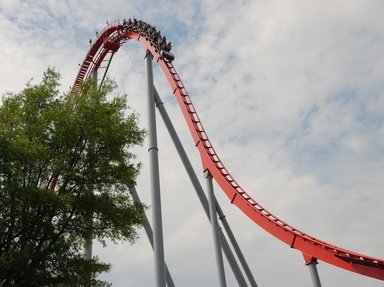Quiz Answer Key and Fun Facts
1. There are several accepted theories on how Coney Island got its name. Which one of these is NOT one of them? (Two hints: Coney Island was discovered by an explorer sailing for the Dutch East India Company; The name "Coney Island" with the current spelling was being printed on maps by 1733.)
2. Over the years, several different amusement parks have come and gone on Coney Island. Which one of these is NOT one of them? (Hint: The correct answer is a park located near Pittsburgh, PA.)
3. Which of these early amusement rides was NOT introduced to America on Coney Island? (Hint: The correct answer is a ride approximately 250 feet tall that was first used at the Chicago World's Colombian Exposition in 1893.)
4. The hot dog was introduced to America in 1867 on Coney Island. Who introduced it? (Hint: The correct answer employed Nathan when he was a young man.)
5. Why was the incubator for premature babies displayed with live babies at Coney Island? (Hint: Critics initially called the incubator a "baby hatchery" and it wasn't until the astonishingly high survival rates of premature babies that this method gained respect in the medical field.)
Source: Author
root17
This quiz was reviewed by our editing team before going online.
Any errors found in FunTrivia content are routinely corrected through our feedback system.
